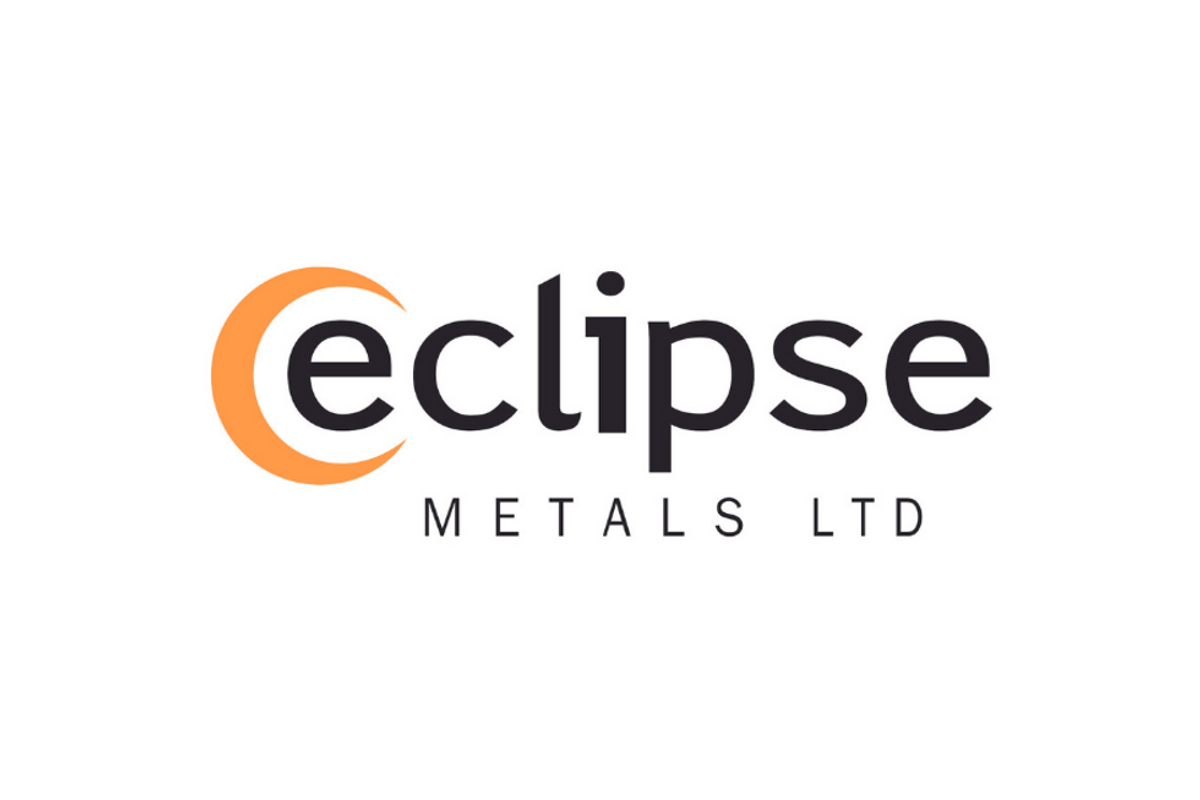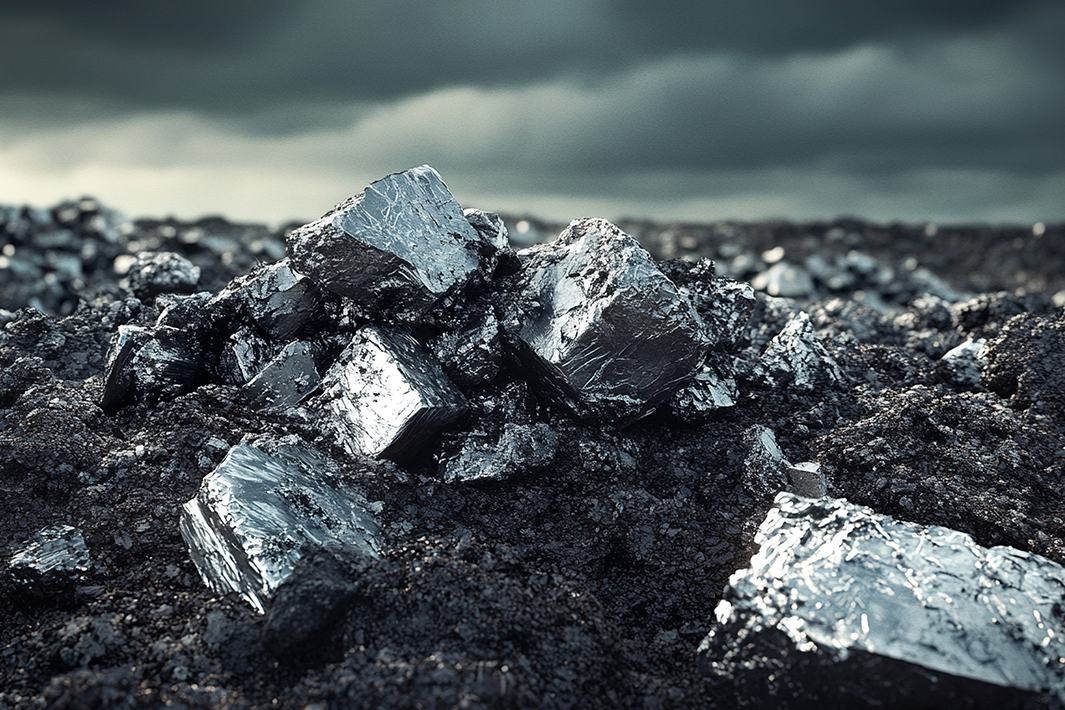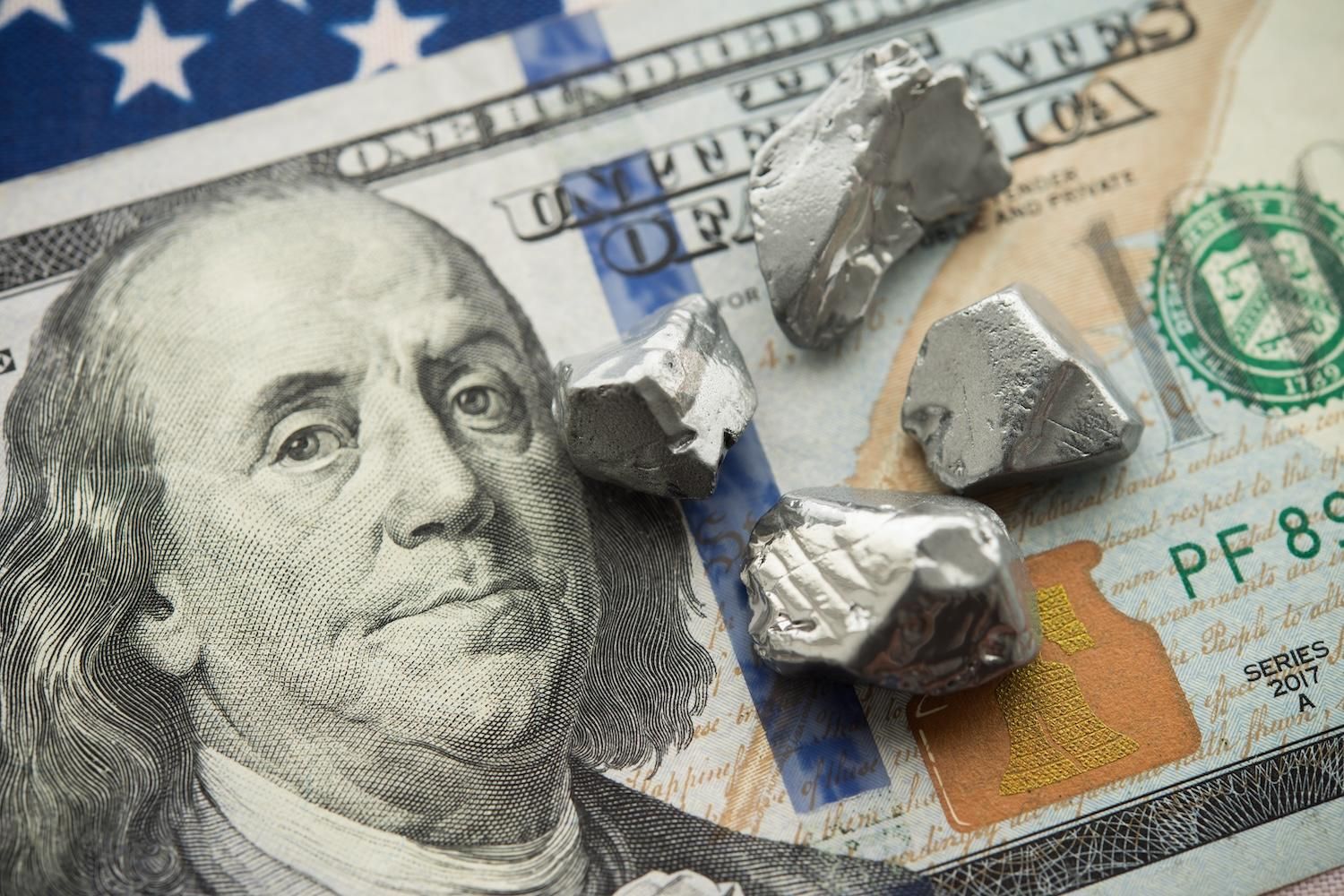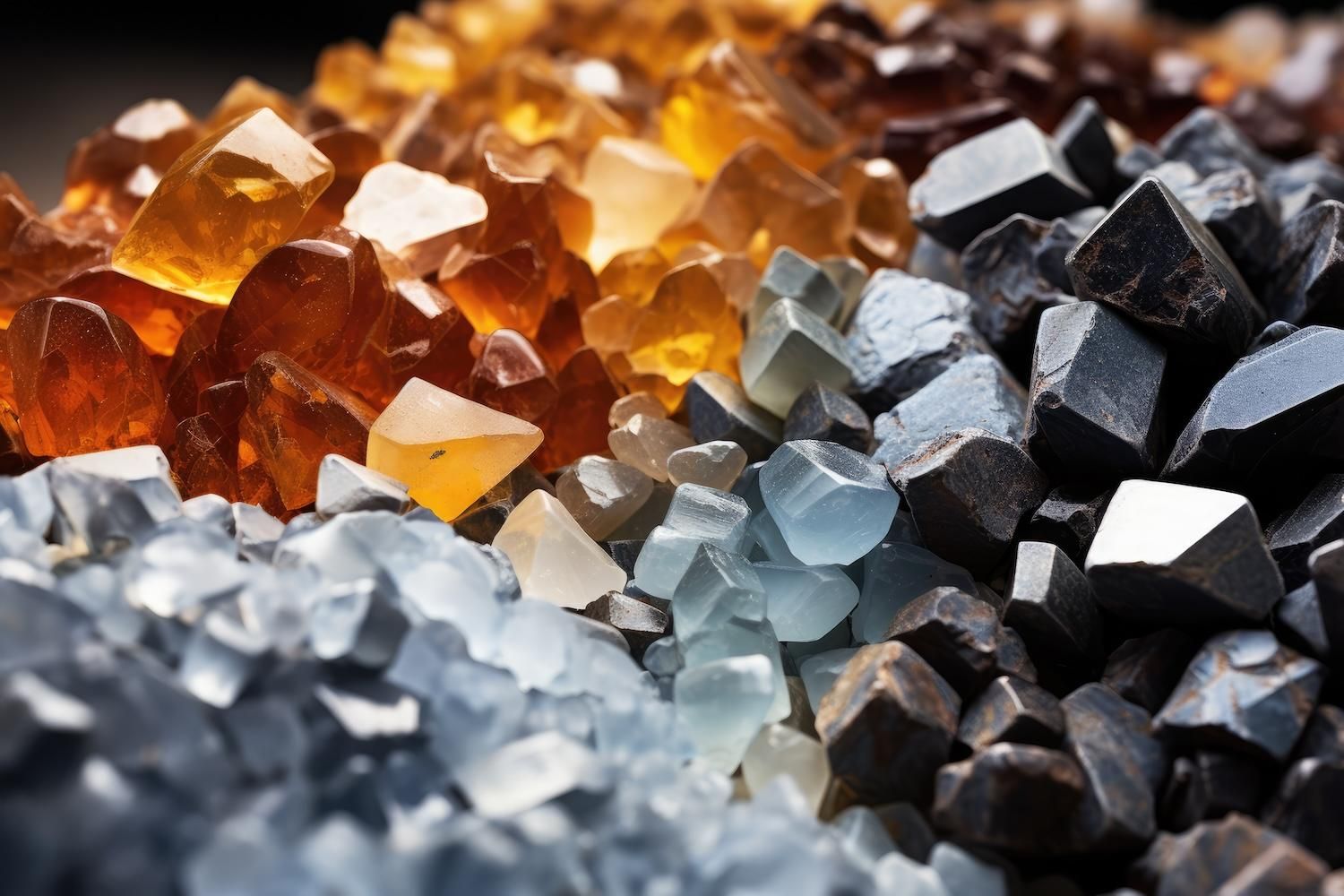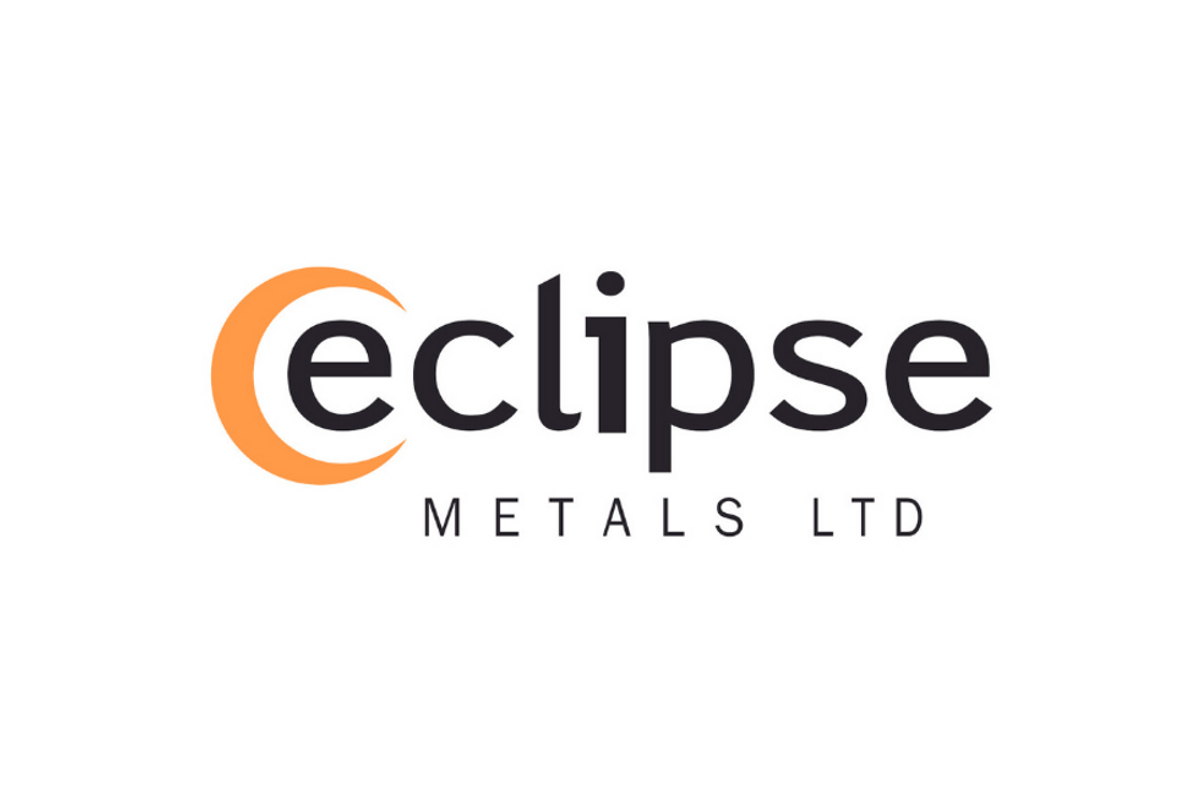
January 22, 2025
Eclipse Metals Ltd (ASX: EPM) (Eclipse Metals or the Company) is pleased to update shareholders on recent progress at its Grønnedal prospect, located within the Ivigtût Project in southwestern Greenland. Building on the October 2024 announcement, the Company has taken significant steps to expand its maiden JORC Code (2012) compliant Mineral Resource Estimate (MRE). The current MRE, comprising 1.18Mt grading 6,859ppmm Total Rare Earth Oxides (TREO) (Table 1, Appendix 1), is based on limited shallow drill testing of a small section amounting to less than approximately 5% of a larger carbonatite complex that is enriched in rare earths mineralisation.

HIGHLIGHTS:
- Calibrated Analysis in Progress: Samples from six historical Grønnedal drill holes are being used to refine and validate XRF results for precise resource estimation.
- Focus on Rare Earth Elements (REE): Analytical emphasis on REE geochemistry, with additional investigation into niobium (Nb) and gallium (Ga) mineralisation.
- Advanced Mineralogical Studies: Mineralogy using TIMA technology aims to correlate geochemical data with mineral phases.
- Results Timeline: Laboratory analyses are underway in Sweden, with outcomes anticipated in Q1 2025.
In 1950, Kryolitselskabet Øresund A/S, (Cryolite Miner), drilled six diamond holes in the vicinity of the Grønnedal resource to test for a potential iron ore deposit. This drilling extends to depths of up to 200m. During 2024 Eclipse completed XRF analyses of the core from these drillholes, which is stored in Gothenburg. The analysis comprised automated core-scanning using the Minalyze XRF TruScan technology developed by Veracio in Gothenburg, Sweden,
The XRF analysis confirmed the qualitative presence of REE mineralisation. Selected intervals of the core are currently being verified by laboratory analysis. This phase focuses on REE geochemistry, particularly neodymium (Nd), praseodymium (Pr), dysprosium (Dy), and terbium (Tb), which are pivotal for magnet applications.
Selected samples are also being analysed by TIMA (TESCAN Integrated Mineral Analyser) mineralogical analysis in order to align chemical analyses with specific mineralogical features, thus enhancing the understanding of resource quality and distribution.
GEOLOGY
The Grønnedal MRE is located at the northern end of Central Carbonatite which covers an area of 1,400m by 750m (Figure 1). The Central Carbonatite forms part of a larger complex that includes the Northern Carbonatite that is yet to be tested for REE. The Central Carbonatite is enclosed within syenitic rocks and is intruded by a series of north-easterly trending dolerite, basaltic and trachytic dykes (Figure 2). The depth to which the carbonatite extends is yet to be determined. Data from the deeper historic diamond drillholes, all of which ended in mineralisation, reveal a minimum vertical extent of 170m.
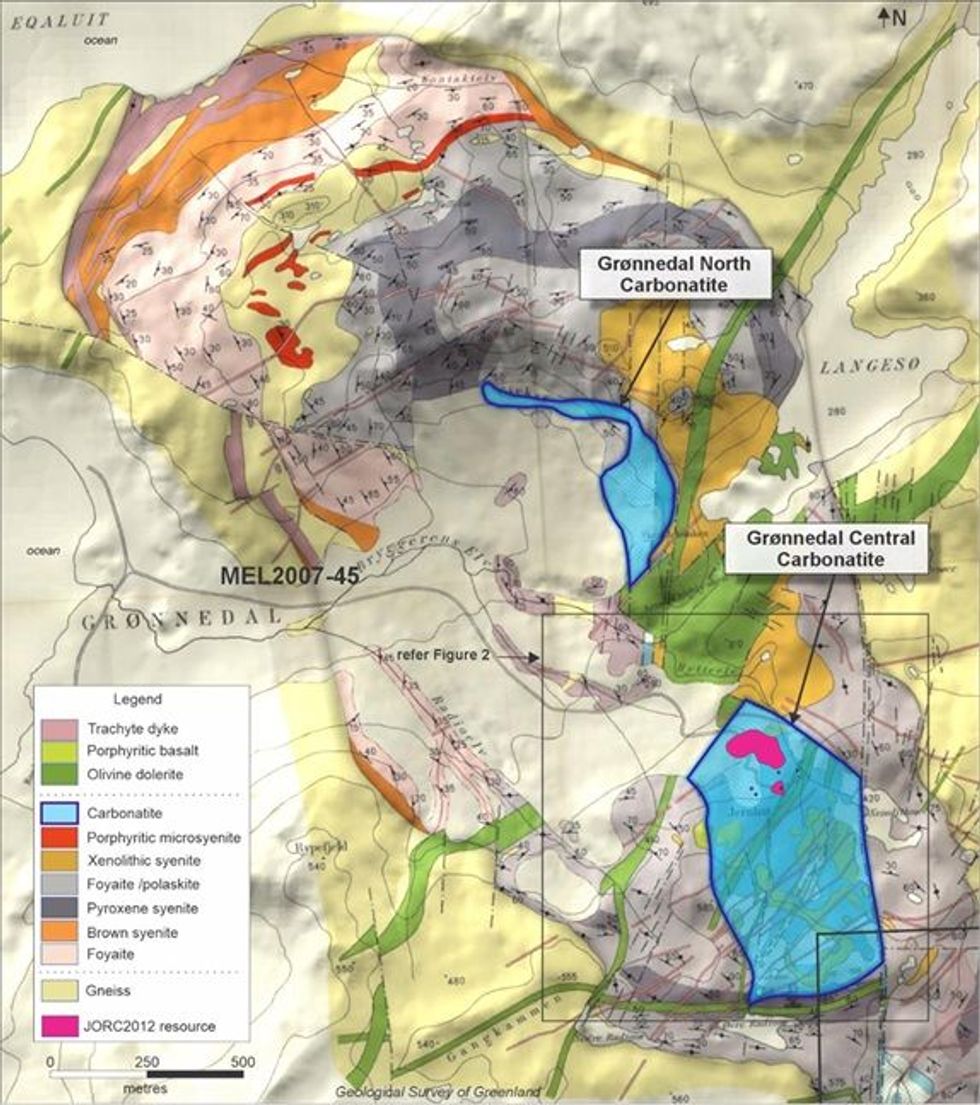
The footprint of the current MRE is defined through shallow trenching and drilling over a 300m x150m area which represents a small fraction of the Central Carbonatite. The resource is open- ended in all directions and at depth. Confirmation of REE in the historic diamond holes, which were drilled outside of the resource envelope, is considered to be significant as it indicates continuation of mineralisation into areas that remain untested.
Click here for the full ASX Release
This article includes content from Eclipse Metals, licensed for the purpose of publishing on Investing News Australia. This article does not constitute financial product advice. It is your responsibility to perform proper due diligence before acting upon any information provided here. Please refer to our full disclaimer here.
EPM:AU
The Conversation (0)
25 March 2024
Eclipse Metals
Pursuing Multi-commodity Assets to Support Decarbonization
Pursuing Multi-commodity Assets to Support Decarbonization Keep Reading...
16 December
Policy Shift Sparks Renewed Interest in Rare Earths Stocks
Rare earths stocks have gained renewed investor attention following recent policies that sharpen the US government's focus on securing critical minerals supply chains. In early 2025, the Trump administration signaled stronger commitments to reduce American reliance on China for rare earth... Keep Reading...
15 December
ReeXploration Announces $1,000,000 Private Placement
Capital raise supports upcoming drill program targeting newly identified uranium system along Namibia's premier uranium corridorReeXploration Inc. (TSXV: REE) (FSE: K2I0) ("ReeXploration" or the "Company") is pleased to announce a private placement for aggregate gross process of up to $1,000,000... Keep Reading...
12 December
ReeXploration Announces Field Program Results Confirming Large-Scale Uranium Target at Eureka, Namibia
Ground radiometrics, soil geochemistry and mapping reinforce the potential for a Rossing-style system beneath shallow coverReeXploration Inc. (TSXV: REE) (FSE: K2I0) ("ReeXploration" or the "Company") is pleased to announce results from its uranium field program, which provide strong support for... Keep Reading...
09 December
Pensana Secures US$100 Million Investment for US Mine-to-Magnet Plan
Rare earths-focused Pensana (LSE:PRE,OTC Pink:PNSPF) reported on Tuesday (December 9) that it has concluded a US$100 million subscription with a strategic investor.According to the company, the deal underpins its broader mine-to-magnet strategy in the US.The unnamed investor subscribed for 95... Keep Reading...
07 December
U.S. Investors Lead Oversubscribed $17m Placement
Locksley Resources (LKY:AU) has announced U.S. Investors Lead Oversubscribed $17m PlacementDownload the PDF here. Keep Reading...
04 December
ABx Receives First Mixed Rare Earth Carbonate Sample from Deep Leads
ABx Group (ASX:ABX) said the Australian Nuclear Science and Technology Organisation (ANSTO) has produced the first mixed rare earth carbonate (MREC) sample from the Deep Leads resource in Northern Tasmania.A Tuesday (December 2) press release states that the ANSTO sample contains 4 percent... Keep Reading...
Latest News
Interactive Chart
Latest Press Releases
Related News
TOP STOCKS
American Battery4.030.24
Aion Therapeutic0.10-0.01
Cybin Corp2.140.00
